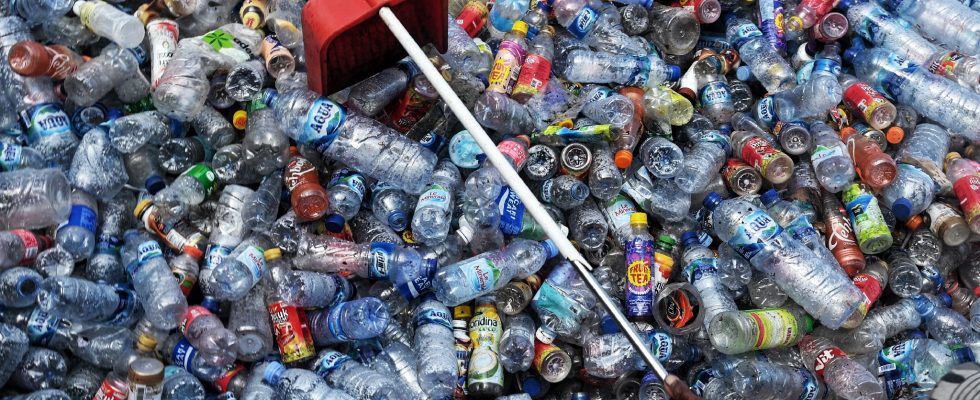Countries blocking international negotiations, companies reluctant to change their practices quickly… There are still many obstacles to deplasticization. Eric Mugnier, EY Sustainable Development and Climate Change Partner, talks for L’Express about past inertia and the evolution of regulations which should result in the future in constraints and higher fines for resin suppliers and of finished products.
L’Express: Negotiations in Paris aimed at reducing plastic pollution are stalling. Why are some countries dragging their feet?
The challenge is to treat the evil at the root. This means reducing the production and use of plastics. Even if the whole planet is concerned, this strategy poses a real problem for China, the world’s largest producer, but also for the United States, the largest user. Another complication, today there is no large-scale plastic replacement solution. This material remains unequaled from the point of view of its price and its properties. Very light, it can take any shape and provide many functions at a reduced cost. As soon as it is replaced, production becomes more complicated, more expensive. This is why unless strong constraints are established, its consumption will undoubtedly remain excessive.
Do the discussions address all the annoying subjects?
There will certainly remain holes in the racket, however I see two positive elements. First, the discussions cover the entire life cycle of plastic products. Over the recent period, there has been a great deal of interest in their end of life and in recycling. However, it must be admitted, it was in a way a way of transferring the problem to the customer or the consumer when there are many levers to reduce pollution from the upstream part of the production chain. The best waste is that which is not produced. The second positive element is that the negotiations cover all plastics and not just consumer product packaging.
We see these every day, however they represent only a drop in the bucket compared to all that is produced for companies, in the packaging, construction and textile sectors for example. . Until now, we hadn’t necessarily focused on the right subjects. It’s changing. So much the better.
Have companies really tackled the problem head-on? Do they take into account the entire value chain, from supply to recycling?
There is a real awareness within companies, especially since the regulations force them to measure and reduce their environmental impact. However, when they have to build a plastic-free plan, they first care about what consumers see: the product or the store. The supply chain only comes second. And this is sometimes extremely complex.
Modifying it leads to a multitude of questions and many difficulties: on which packaging process should you bet knowing that there is no standard in this area? What compatibility with recycling technologies that are constantly evolving? How to get the marketing departments, the packaging developers, those who set up the factories, the suppliers of raw materials in tune… The NGOs play their part when they say that the moult is not going fast enough. But on the business side, these are decisions with far-reaching consequences. Above all, they don’t want to make mistakes and prefer to wait for solutions to become widespread, making it possible to create economies of scale.
Doesn’t the absence of heavy fines for companies that do not respect the rules encourage a wait-and-see attitude?
It is true that the fines remain low. For example, non-compliance with the Agec law on packaging will result in the worst case in a fine of a few thousand euros. Not enough to panic a board of directors. However, I think that the closer we get to the regulatory deadlines, the more the situation will become tense. Public authorities will become more pressing. NGOs and consumer associations as well. So, it is possible that there will be greater penalties in the future. However, the most important at the moment concerns reputation and image.
How can plastic producers be encouraged to do better?
Today, these producers do not pay for the externalities linked to the impact of the products they manufacture. Plastic has negative impacts on fauna, flora, public health, greenhouse gas emissions… But all of this remains free for companies that supply resin or finished products. We therefore need to think of instruments that allow us to internalize these costs borne by society. In other words, we need to find a way to charge the real price of plastic, and to do so as far upstream as possible. At the same time, regulations must continue to encourage good practices by, for example, equipping washing machines with filters that recover microplastics or by prohibiting components that hinder recycling. There are still many levers to activate!
